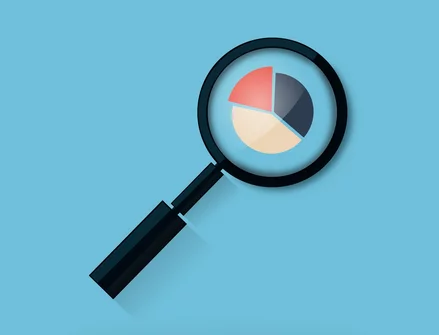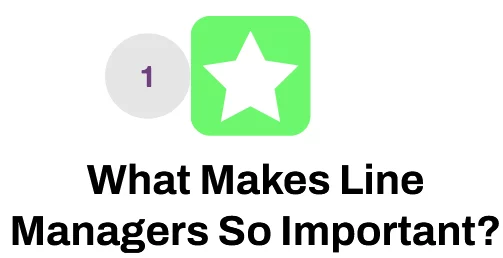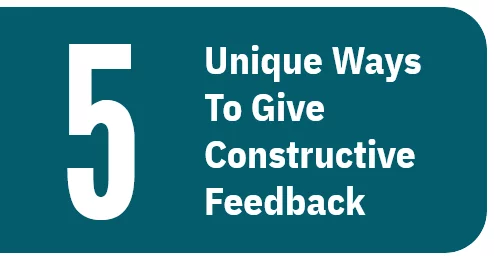
Conducting A Skills Gap Analysis At Work
According to Manpower, the global talent shortage has hit its highest point in 16 years.
75% of employers are struggling to find the right talent to drive their businesses forward.
Image sourced from go.manpowergroup.com
If that wasn’t enough to keep you up at night, there’s also the threat of automation and AI!
So, here’s the dilemma facing companies today.
They know they need to level up their skills to stay in the game, but they’re hesitant to invest in abilities that might become irrelevant.
In this complete guide, we’ll give you the 411 on what you need to know about skills gap analyses:
What it is, why it’s essential and practical tips on conducting one.

What Is It?
Skills Gap Analysis: When a company looks at the skills its employees have, compared to the skills they need.
It helps business owners figure out where there are gaps so that the company can decide if they need to train their employees more.
They can also choose to hire new employees with different skills.
For instance, let’s say you own a software development company looking to enhance its application portfolio management practices.
With a skills gap analysis, you can assess if your team has the necessary expertise in areas such as coding languages and database management.
If you spot any gaps, you could either choose to invest in training programs to upskill their employees or recruit individuals with expertise in application portfolio management best practices.
Free to use image sourced from stockvault.net
Why Conduct One?
Let’s explore why someone would spend their time and resources conducting one.
We’ll also sprinkle in some HR statistics because sometimes numbers speak louder than words.
Identify Areas To Improve:
A skills gap analysis helps you see exactly where your team’s skills are lacking.
Then you can focus on creating targeted training and development programs.
For example, let’s say your company is moving to remote work because of the pandemic.
After doing a skills gap analysis, you realise that your team needs to improve their use of remote training software.
So, you decide to organise training sessions specifically focused on teaching them how to use this software properly.
Now your team can adapt smoothly to remote work, and everyone has the skills they need to succeed in the new setup.
Enhance Performance:
By identifying areas where skills are lacking and taking proactive measures to address them:
Companies can empower their employees to perform at their peak potential.
Let’s say you own an e-commerce retail business.
After conducting a skills gap analysis, you find out your warehouse management team lacks proficiency in inventory management.
In response, you invest in training sessions and implement specialised software tools tailored to streamline inventory processes.
Plus, you assign a dedicated inventory manager to oversee operations and ensure optimal stock levels.
This enhances the performance of individual team members and fosters a culture of continuous improvement.
Gain A Competitive Advantage:
As we mentioned earlier, new technologies are always shaking things up in different industries.
In the next few years, 23% of global jobs will change due to industry transformation, including through artificial intelligence and other text, image, and voice processing technologies.
This really highlights the urgency for companies to address skill gaps and stay ahead of the curve.
Making sure that your team has the right skills or the most skilled members gives your company an edge, resulting in quick adaptation to market changes.
Companies that prioritize skills like AI or cybersecurity will outperform competitors, innovating faster and delivering superior products and services.
Free to use image sourced from stockvault.net
How To Conduct One
If you’ve made it this far, you should know the brilliant benefits of conducting a skills gap analysis.
Now it’s time to conduct one yourself.
When analysing skills gaps, companies often encounter two common challenges:
- Employees don’t understand the process.
- They find it tricky when it comes to analysing the results.
Luckily, with enough preparation and the right tools, these issues can be easily overcome.
Here’s a step-by-step guide you can use to conduct your own.
1: Build Your Plan
Let’s face it, planning and preparation are crucial when it comes to any task, and skills gap analysis is no exception.
So, of course, the first step on our list is to develop a detailed plan.
You’re going to want to ask yourself and answer the following questions:
- Which stakeholders will be involved in the skills gap analysis?
- What is the project timeline for the analysis?
- How will you collect data?
- How will you talk to your employees about the process?
- At what level will you conduct the skills gap analysis?
- Which areas of the business need attention the most?
Addressing these questions will help you create a comprehensive plan for conducting a successful skills gap analysis.
2: Identify Important Skills
Free to use image sourced from stockvault.net
Next, it’s time to look ahead and see what skills we’re going to need for the journey ahead.
To do this, you’ll first want to take a peek into the future.
What are our company’s goals for the next three to five years?
What specific skills are going to help you reach those goals?
For instance, if you run a digital marketing agency, and your goal is to boost website traffic by 50% you could achieve this by mastering skills like using SEO for Excel.
Then you need to do some market research.
Find out what’s happening out there in the big wide world:
Are there any new technologies that could change how you work?
Maybe there are some industry trends or disruptions that you need to be ready for.
Keep your finger on the pulse and make sure you’re never caught off guard!
3: Assess Competency Levels
Now it’s time to take stock of current competency levels in the business.
To do this, you can utilise various methods, including:
1. Self-assessments: This is when employees evaluate their own level of competency.
They reflect on their strengths and weaknesses in various areas related to their job role.
2. Manager assessments: Here, managers evaluate the competency of their employees based on their observations and interactions.
They provide feedback on areas where the employee excels and where improvement is needed.
3. Peer assessments: Coworkers can also provide valuable feedback on an employee’s competency.
They share insights based on their interactions and observations of the employee’s performance.
4. 360-degree assessments: This method involves gathering feedback from multiple sources, including managers, peers, and even subordinates.
They provide a comprehensive view of the employee’s strengths and areas for development from various perspectives within the organisation.
By conducting a thorough assessment of current competency levels, companies can gain a clearer understanding of their workforce’s skills landscape.
4: Close Skills Gaps
Free to use image sourced from Unsplash
So, how do we go about closing these gaps?
To better illustrate the following tips, let’s say you’re managing a data analytics team, and you’ve identified a skills gap in utilizing Automated Machine Learning in Microsoft Power BI.
1. Hiring: You might consider bringing in new team members with experience and expertise in AML to quickly address the gap and strengthen your team’s capabilities.
2. Training: Another option is to provide training sessions for your existing team members. This allows them to develop the necessary skills while staying motivated.
3. Outsourcing: In certain cases, it might make sense to outsource specific projects or tasks that require expertise in AML to external consultants or agencies.
5: Measure results
Free to use image sourced from stockvault.net
Finally, you just need to make sure that it worked!
To measure the effectiveness of your training efforts, you can:
1. Collect employee feedback on how beneficial the training was.
This gives valuable insights into its impact on their skills and confidence.
2. Gather feedback from management on how training has impacted job performance.
This helps you understand its effectiveness in real-world situations.
3. Conduct regular reassessments as skills can change over time.
It’s important to keep reassessing and adjusting our training efforts to stay on track.
Keeping all these tips in mind is key to becoming a great line manager.
Final thoughts
Conducting a skills gap analysis gives your team a tune-up to keep them running smoothly.
By figuring out where your team needs to improve and staying ahead of the competition you’re setting your business up for success.
It’s a straightforward process that can make a world of difference in the long run.
- Facebook: https://www.facebook.com/profile.php?id=100066814899655
- X (Twitter): https://twitter.com/AcuityTraining
- LinkedIn: https://www.linkedin.com/company/acuity-training/








